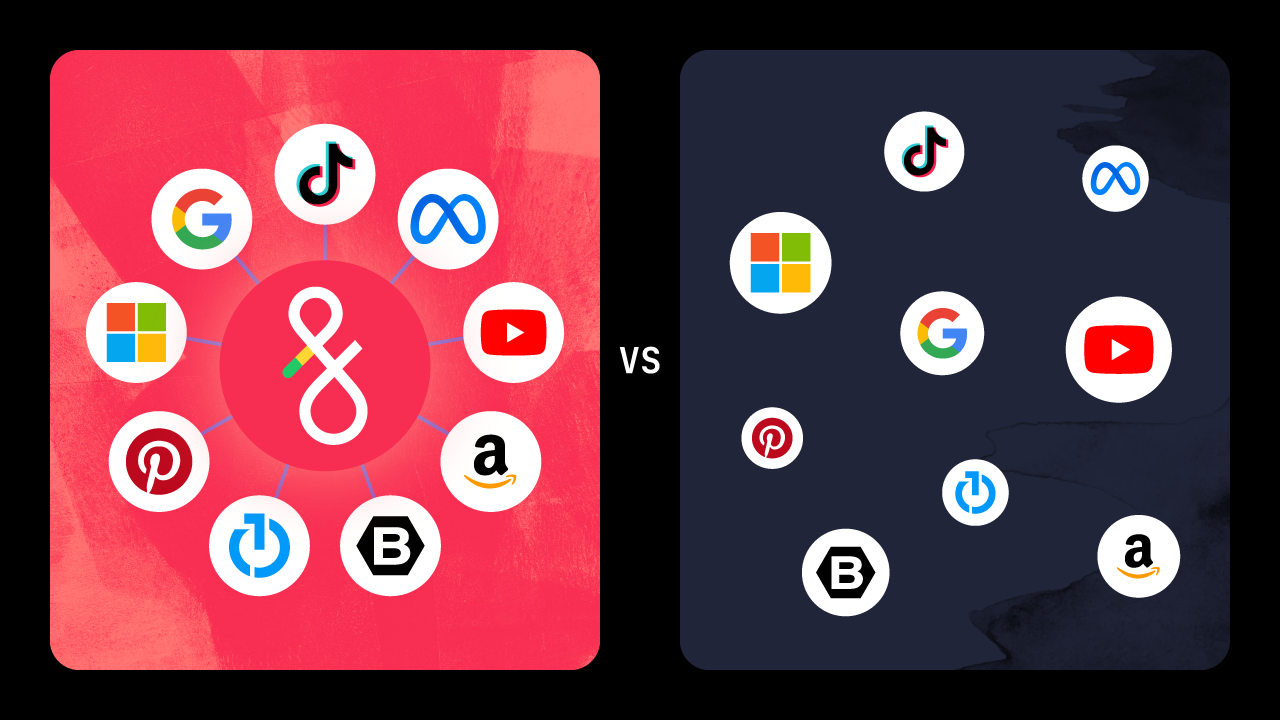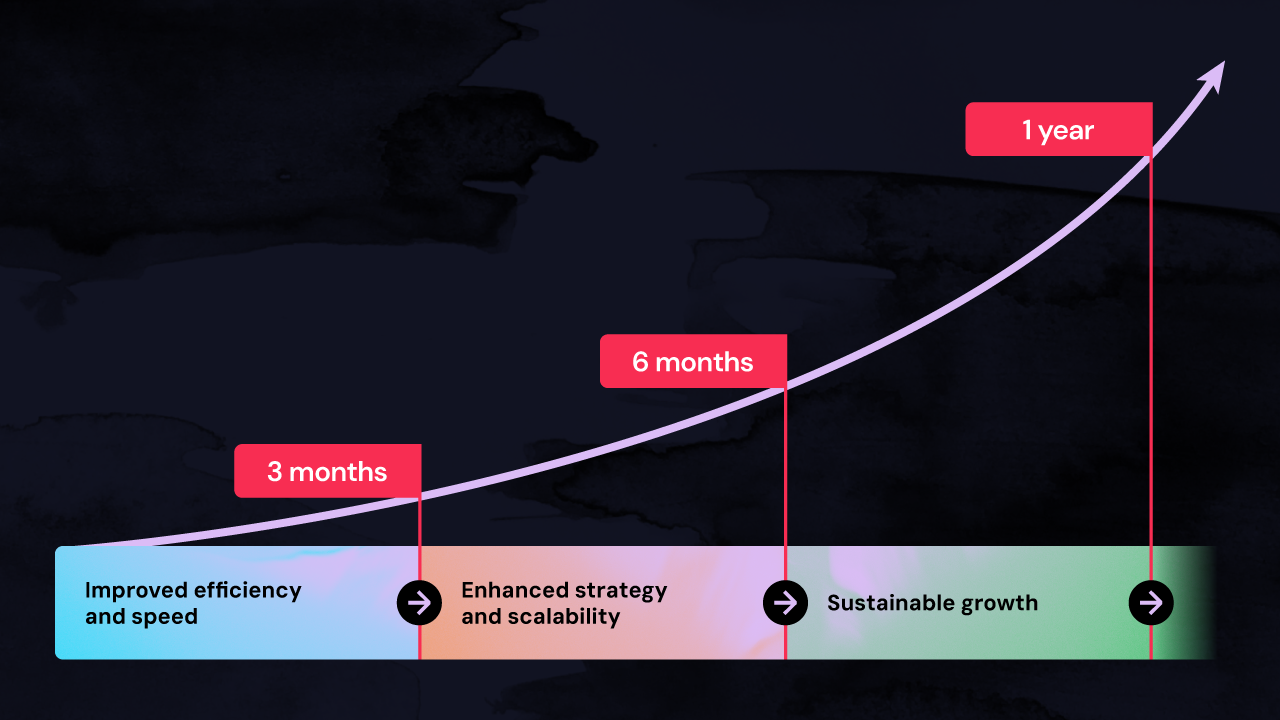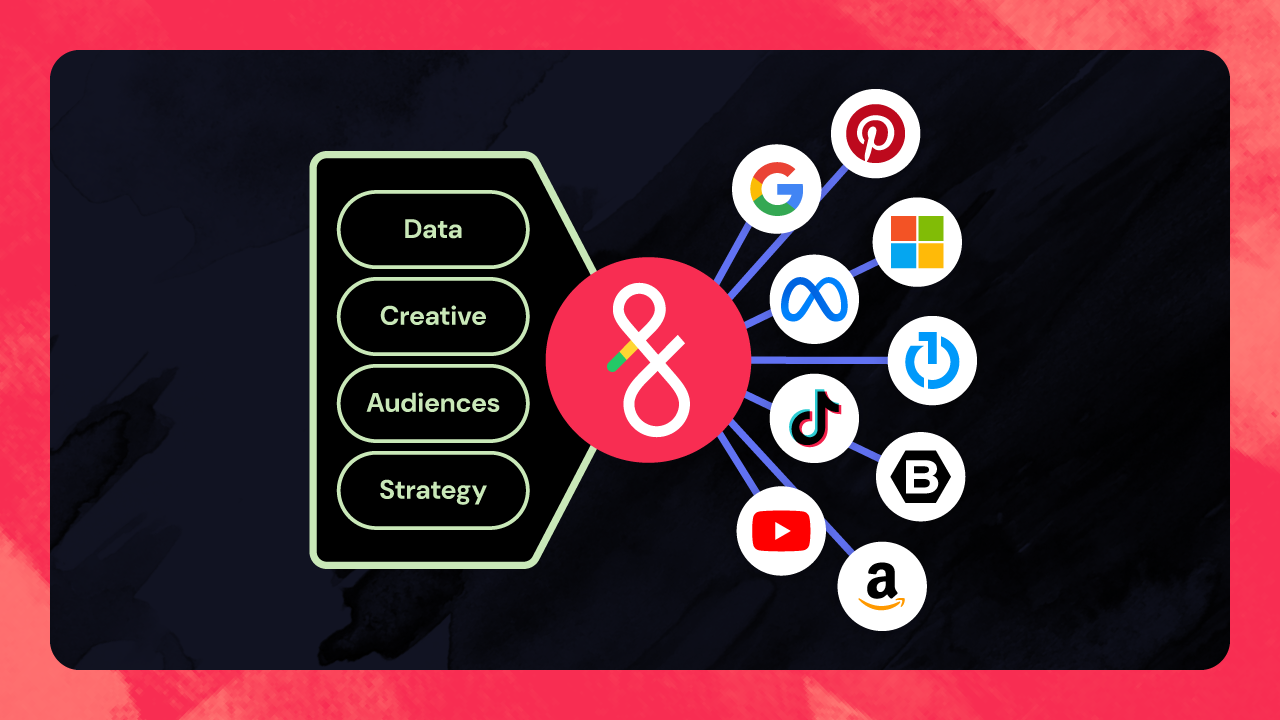Remember 2022? For most of the year, things were booming: no matter what industry you looked at—cars, real estate, recreation—demand was high, supplies were low, and it felt like none of that was going to change. In the middle of all this, businesses—including a lot of ad agencies—over-hired, or paid premiums to attract and keep talent…many did both! As Q3 turned into Q4 though, the picture started to change. Inflationary pressures and other factors meant the economy—and the advertising environment—became unpredictable, if not bleak. As it often does in times like these, austerity quickly set in. Hiring freezes and adjustments to staffing became the rule, and a lot of self-styled “experts” (often the same people who just a few months before were pushing for more headcount,) suddenly started touting a “back to basics” story as a path forward for the ad industry and problems it was suddenly facing.
The irony is that in addition to being short on substance, this “back to basics” idea was being pushed as a solution to a situation that had long ago reached unsustainable levels.
Digital Advertising Pain Points: The More Things Change, the More they Stay the Same.
Among the issues that popped (back) up as belts and budgets started to tighten, three stood out.
- The digital advertising industry was already making unreasonable demands on agencies and strategists when it came to scale; the business is labor intensive, and anyone relying solely on their staff when it came to handling massive quantities of messaging, audiences, locations and the like were already operating at a deficit.
- Agencies and advertisers would now have to make do with leaner ad budgets—and by “make do,” the powers that be usually meant “get the same results as before, but do it with less resources.”
- A lot of ad strategists suddenly found themselves with more accounts spread across more verticals and categories than they handled previously. Besides having an increased workload, this also meant they had to become subject matter experts in new industries.
To anyone who’s been in the game for a while, the situation overall is nothing new. To those who only have a few years under their belts: welcome to the party.
Automation: Lighting a Candle Instead of Cursing your Darkness
Given the digital ad industry’s current challenges, things might look a little bit dark, especially if you’re a person tasked with working within—or even solving—them. But if there’s a light at the end of the tunnel, it’s that Robotic Process Automation for Advertising (RPA4A,) is now being seen as a necessary and valuable tool for sustainable agency success. We founded Fluency based on that premise, and in addition to having an entire platform that acts as a force multiplier for your ad teams, there’s a few specific features that can help brighten the present situation up quite a bit. And guess what? These features have the power to help your advertising and marketing efforts successfully address the challenges of scale regardless of the economic outlook, hiring challenges, and other factors both good and bad.
First, budgeting. Whether your budgets are robust or tight, you (and your clients) want to get the most from them. With Fluency, we make budget allocation, maximization, and reallocation easy and accurate. Our budgeting tool lets you define what every measure of success (from spend to results,) looks like, then it relentlessly hunts out those results, constantly offering and performance suggestions and automatically reallocating spend across multiple platforms. Combined with over and underspend protection, this results in the ability to accurately and much more effectively put your clients’ ad dollars to work—especially if you’re dealing with outsized scale demands.
Second, testing. A/B testing and experimentation are always those “nice to have” things that your team wants to do, but usually runs out of the time and resources it takes to pull off with any regularity. Fluency has a feature called Trials, which gives you the ability to easily test creative options at scale, monitor the results, then “promote” what you’ve learned across all your campaigns. From setting up the tests to duplicating, refining, monitoring, and rolling the learnings out broadly, all of this happens within your ad strategists’ primary workflow (in Fluency’s Blueprints advertising templates,) with just a few button clicks. This is a huge benefit for marketers who want to make sure they match the right messages with the right audiences—and they want to do it right now.
Third, there’s this thing out there called ChatGPT…maybe you’ve heard of it? We did, too. But while a lot of other people were using it for parlor tricks, or howling about what impact it MIGHT have on any given industry, we were busy figuring out how it could serve our clients. The result is called Muse. Muse can take a few curated prompts from an ad strategist and turn them into lists of options for three key fields that they would otherwise have to manually generate copy for: keywords, headlines, and body copy. Muse shifts—and shrinks—the size of the lift involved in the copy process from writing to reviewing, and can be especially helpful for strategists who are inheriting clients in verticals that demand highly specialized knowledge. It’s platform-agnostic, allowing you to create copy for Google search, Performance Max, Facebook, Pinterest, and other channels that require any combination of keywords, headlines, and body copy. And the best part? It’s here, and it WORKS.
Real Benefits in Real Time
For digital advertising teams (who were already stretched thin prior to the end of 2022,) Fluency’s automated budgeting, testing, and text generation features offer the ability to get ahead of a variety of daily, mandatory, manual tasks—regardless of the scale your clients and their campaigns demand. For agencies, these tools help reduce risk, retain talent, and satisfy their clients, while giving them a competitive edge over agencies whose businesses are still anchored to non-automated workflows. For the actual clients/advertisers, automation gives them the piece of mind that their ad spend is constantly and automatically being refined and maximized. And for all three of these groups, these benefits can happen easily, instantly, and sustainably.
Unassisted by automation, your budgeting, testing, and text generation tasks present unique challenges on their own. Combined, they are exhausting—and usually impossible to pull off with smaller teams, especially at scale. To find software solutions to each of these problems, you’d more than likely find yourself talking to multiple vendors, or at the very least, paying a separate price for each tool (regardless of how well it addressed your actual problems.) Fluency gives you all this—and a lot more—in a single platform that we designed from the ground up to serve the demanding and rapidly evolving needs of all digital advertisers.
If you want to thrive—never mind survive—in 2023, we would love to talk to you about how Fluency can help your agency move way beyond the basics with the help of our Robotic Process Automation for Advertising-enabled platform. Reach out today.






